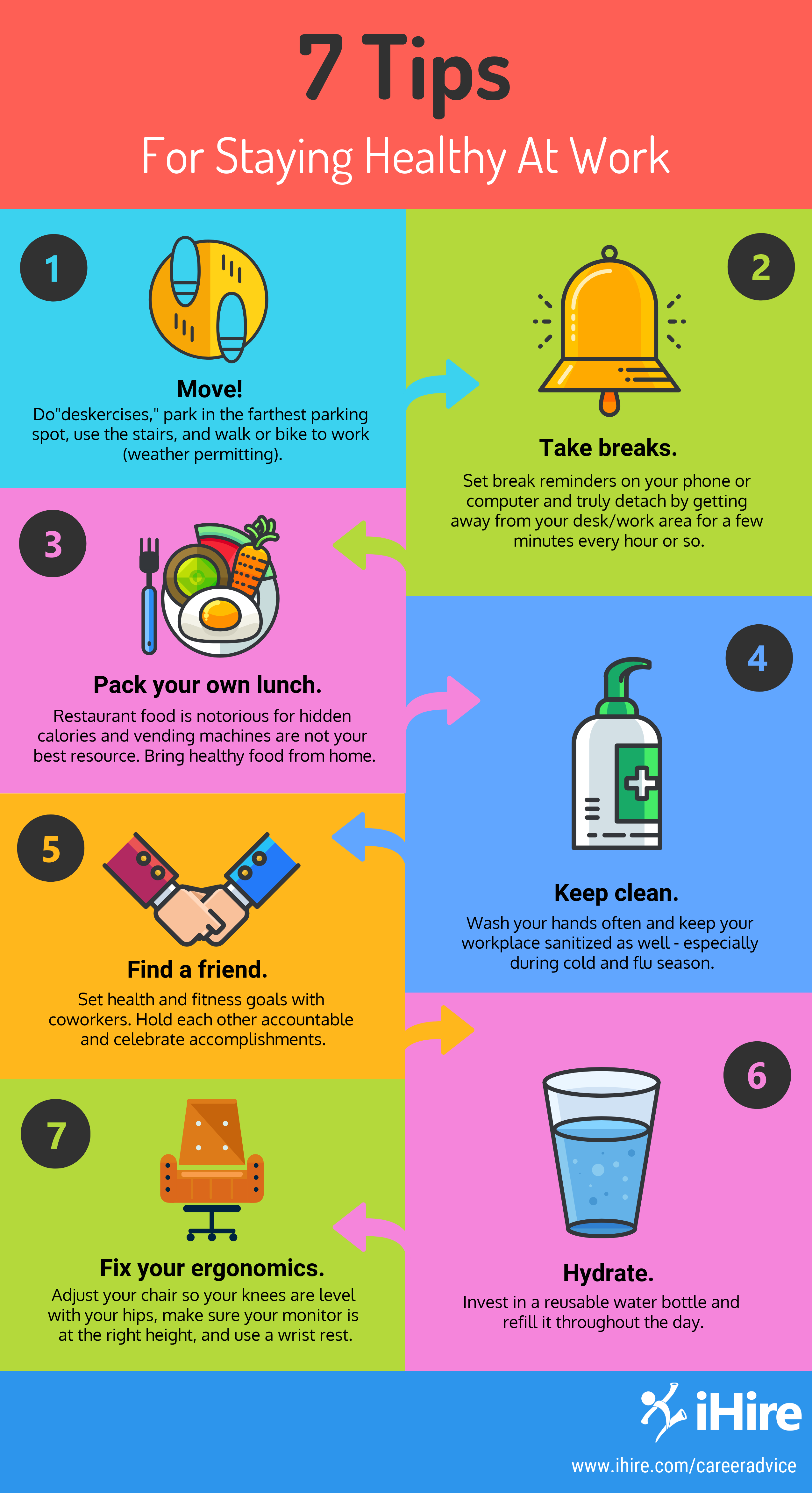Table of Contents
1. Ergonomics and Workspace Setup
Learn how to arrange your workspace ergonomically, including adjusting chair height, maintaining proper posture, and optimizing desk setup.
2. Encouraging Physical Activity
Explore ways to incorporate physical activity during work, such as standing or walking meetings, designated exercise areas, and stretching routines.
3. Promoting Mental Wellness
Discover strategies for promoting mental wellbeing, including mindfulness exercises, stress management techniques, and access to counseling services.
4. Implementing Work-Life Balance Initiatives
Learn how to foster a healthy work-life balance, offering flexible work arrangements, encouraging time off, and supporting employees' personal interests.
5. Nurturing Positive Social Interactions
Understand the importance of building positive relationships at work, organizing team-building activities, promoting open communication, and encouraging collaboration.
6. Providing Nutritious Food and Drinks
Discover the benefits of offering healthy food options, providing access to clean drinking water, and encouraging employees to make nutritious choices.
7. Creating a Supportive Environment
Find out how to create an inclusive and supportive workplace environment by valuing diversity, establishing fair policies, and encouraging work-life integration.
Key Takeaways
- Ergonomics and proper workspace setup contribute to better health.
- Physical activity during work boosts energy and productivity.
- Promoting mental wellness enhances overall employee wellbeing.
- Work-life balance initiatives improve job satisfaction and reduce burnout.
- Positive social interactions foster a positive work culture.
- Nutritious food choices improve overall health and cognitive function.
- A supportive environment increases engagement and retention.
Frequently Asked Questions
Q: Can ergonomic changes really make a difference?
Yes, optimizing your workspace ergonomically can significantly reduce the risk of musculoskeletal disorders and improve comfort, focus, and productivity.
Q: How can physical activity be incorporated into a sedentary workday?
There are various ways to incorporate physical activity, such as taking regular breaks to stretch, going for walks during lunch breaks, or even using standing desks or treadmill workstations.
Q: What are some effective strategies to enhance mental wellness at work?
Promoting mental wellness can include mindfulness exercises, providing stress management resources, encouraging work breaks, and fostering a supportive and understanding work environment.
Q: How can employers support work-life balance?
Employers can support work-life balance by offering flexible work hours, promoting paid time off, providing access to family-friendly policies, and encouraging a healthy work-life integration.
Q: Why is fostering positive social interactions important in the workplace?
Positive social interactions promote a sense of belonging, teamwork, and improved communication, leading to higher employee morale, productivity, and overall satisfaction.
Q: What are the benefits of providing nutritious food and drinks in the workplace?
Offering nutritious food options can lead to increased energy levels, improved focus and cognitive function, reduced absenteeism, and overall better physical health.
Q: How can a supportive environment positively impact employees?
A supportive environment fosters employee engagement, job satisfaction, loyalty, and reduced stress levels, resulting in improved overall performance and lower turnover rates.



Recent Comments